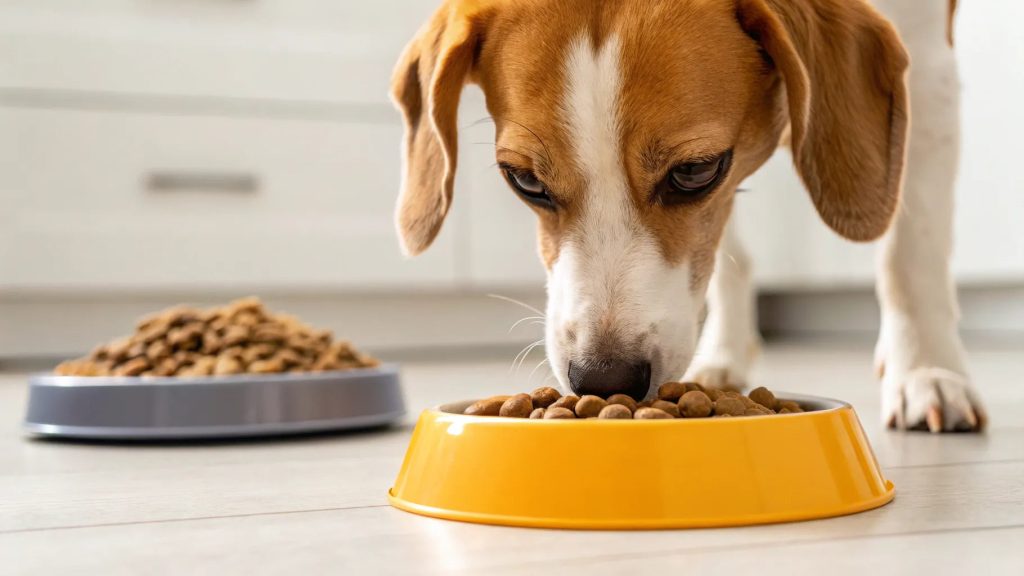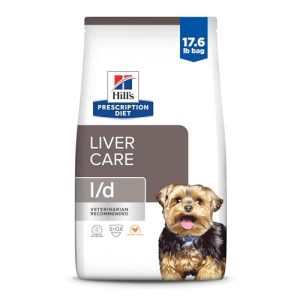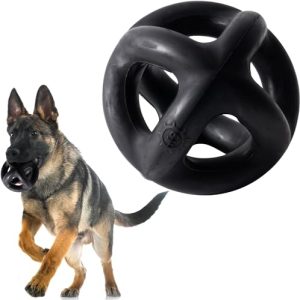Is your dog turning their nose up at their kibble? It can be frustrating when your furry friend refuses to eat the food you’ve carefully chosen for them.
You want to make sure your dog stays healthy and happy, but getting them to enjoy their meals can feel like a challenge. Don’t worry—you’re not alone, and there are simple, effective ways to encourage your dog to eat kibble without stress.
Keep reading, and you’ll discover easy tips that can make mealtime something your dog looks forward to every day.
Choose The Right Kibble
Choosing kibble with a taste and texture your dog enjoys can boost their interest in eating. Look for high-quality ingredients and smaller kibble sizes for easier chewing. Experimenting with different flavors helps find the right fit for your dog’s preferences.
Choosing the right kibble for your dog can make all the difference in their mealtime enthusiasm. Just like us, dogs have preferences and dietary needs. Finding the perfect kibble involves a little exploration, but the rewards are worth it.Consider Size And Texture
The size and texture of kibble can significantly influence your dog’s willingness to eat. Small breeds might struggle with large kibble pieces, while larger dogs may find tiny bites unsatisfying. Does your dog prefer a crunchy texture or something softer? Observing their eating habits can guide you to the kibble that suits them best.Opt For High-quality Ingredients
Quality matters when it comes to what goes into your dog’s bowl. Look for kibble that lists real meat as the first ingredient. Avoid options filled with artificial fillers and preservatives. A well-balanced kibble supports your dog’s overall health, so investing in quality pays off in the long run. Have you checked the ingredient list of your current kibble lately?Check For Flavor Varieties
Dogs, much like humans, can get bored with the same food every day. Offering different flavors can pique their interest and keep mealtime exciting. Some brands provide variety packs, which are a great way to test what your dog enjoys most. Which flavor do you think will delight your furry friend?Create A Feeding Routine
Creating a feeding routine helps your dog feel safe and eager to eat kibble. Dogs thrive on predictability. A regular schedule builds good eating habits and reduces fussiness. Establish a pattern that suits your dog’s lifestyle and stick to it every day. Consistency makes mealtime less stressful for both you and your pet.
Set Consistent Meal Times
Serve meals at the same times each day. This trains your dog to expect food at regular intervals. It also helps regulate digestion and energy levels. Avoid leaving kibble out all day. Instead, offer food for 15-20 minutes, then remove the bowl. Your dog learns to eat when food is available.
Limit Treats Before Meals
Too many treats spoil your dog’s appetite. Cut back on snacks before mealtime. Treats should be small and given after the main meal. This keeps your dog hungry enough to eat kibble. Use treats as rewards, not meal replacements. This encourages better eating habits.
Use A Quiet Feeding Spot
Choose a calm place for feeding. Avoid noisy or busy areas. A quiet spot helps your dog focus on eating. Keep the feeding area clean and free from distractions. This creates a peaceful environment that supports regular eating. Your dog will enjoy mealtime more in a calm space.
Enhance Kibble Appeal
Enhancing the appeal of kibble can make mealtime more inviting for your dog. Small changes can improve taste and texture. This encourages dogs to eat their food happily and regularly.
Add Warm Water Or Broth
Pour warm water or low-sodium broth over the kibble. This softens the dry pieces and releases aromas. Warm food smells stronger, attracting your dog’s interest.
Ensure the liquid is not too hot. Lukewarm is best to avoid burning your dog’s mouth. This simple step makes kibble easier to chew and more flavorful.
Mix In Wet Food
Combine a small amount of wet food with the kibble. Wet food adds moisture and richness. It creates a tasty mix that dogs often prefer.
Start with a little wet food and increase gradually. This helps your dog adjust to the new texture and taste. Mixing also balances nutrition and keeps meals exciting.
Sprinkle Tasty Toppers
Sprinkle kibble with dog-friendly toppers like shredded cheese or cooked chicken. These toppings add extra flavor and texture. They make the meal more appealing and special.
Use toppings in small amounts to avoid overfeeding. Change toppings regularly to keep your dog curious and eager at mealtime.
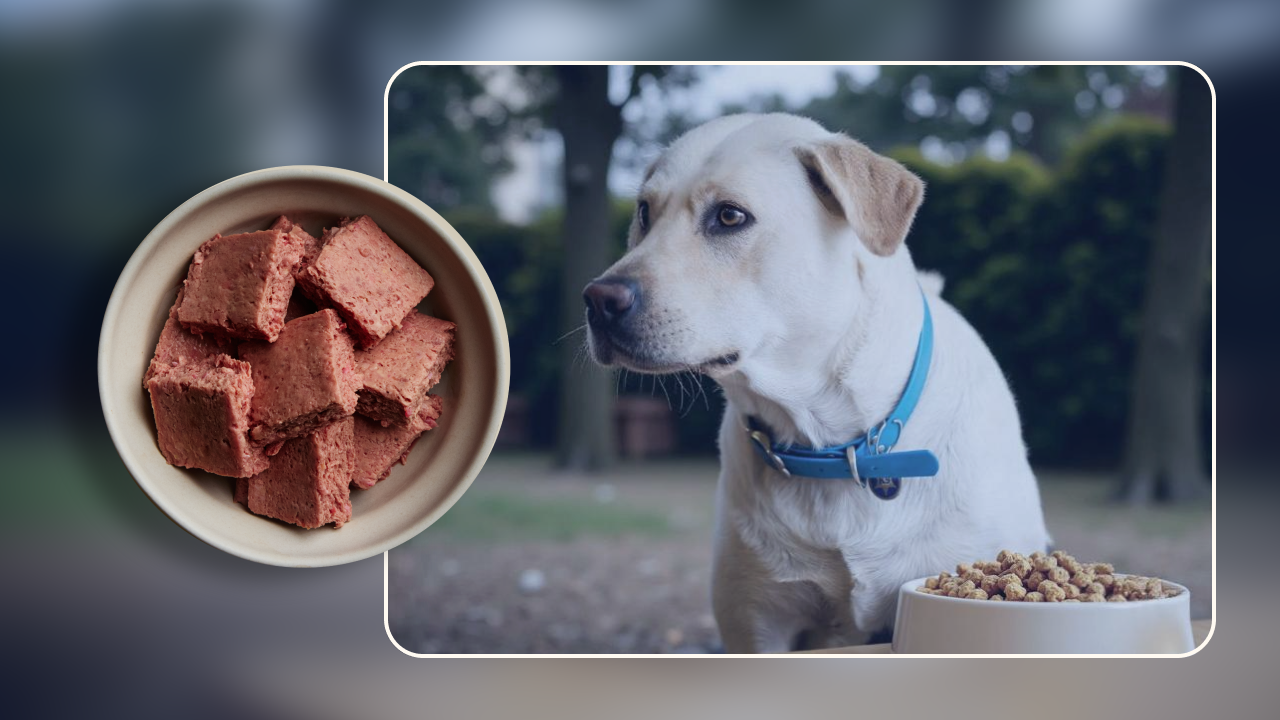
Credit: wefeedraw.com
Encourage Appetite Naturally
Encouraging your dog to eat kibble naturally takes patience and attention to their daily habits. Understanding what influences their appetite can help you create a routine that makes mealtime more appealing. Simple lifestyle adjustments often make a big difference in how eager your dog is to eat their food.
Increase Daily Exercise
Exercise boosts your dog’s energy levels and stimulates their hunger. A tired dog is more likely to eat well and look forward to mealtime. Try adding a brisk walk or some playtime before feeding to spark their appetite.
Have you noticed how your dog’s eagerness to eat changes after a good run? That’s your cue to use activity as a natural appetite booster. Keep exercise consistent to maintain this positive effect.
Maintain Proper Hydration
Water plays a crucial role in digestion and overall health. If your dog is dehydrated, their appetite might drop. Always provide fresh, clean water alongside their kibble to help digestion and encourage eating.
Sometimes, dogs drink less when the water bowl is dirty or placed in a noisy area. Check the water source regularly and move it to a quiet spot. This small change can make your dog more comfortable and willing to drink, indirectly improving their appetite.
Avoid Overfeeding
Feeding too many treats or large portions can fill your dog up before mealtime. This reduces their interest in eating regular kibble. Stick to measured servings and limit snacks to keep your dog’s hunger in check.
Think about your own eating habits: when you snack too much, are you hungry for your main meals? Your dog feels the same way. By controlling treats and portion sizes, you encourage them to look forward to their kibble with a healthy appetite.
Use Positive Reinforcement
Using positive reinforcement helps your dog feel happy about eating kibble. It creates good feelings around mealtime. This approach builds trust and encourages your dog to eat more willingly. Positive actions make the experience fun and less stressful for your pet.
Praise During Mealtime
Give your dog gentle praise while eating. Use a calm, happy voice to say things like “Good boy” or “Good girl.” This shows your dog they are doing the right thing. Praise helps your dog connect eating kibble with positive attention.
Reward Eating With Play
After your dog finishes eating, offer playtime as a reward. Use their favorite toy or a quick game of fetch. This makes eating a positive part of the day. Playtime motivates your dog to eat well and look forward to mealtime.
Avoid Pressure And Stress
Never force your dog to eat. Avoid raising your voice or showing frustration. Stress can make dogs refuse food. Keep the environment calm and quiet during meals. This helps your dog relax and enjoy their food.
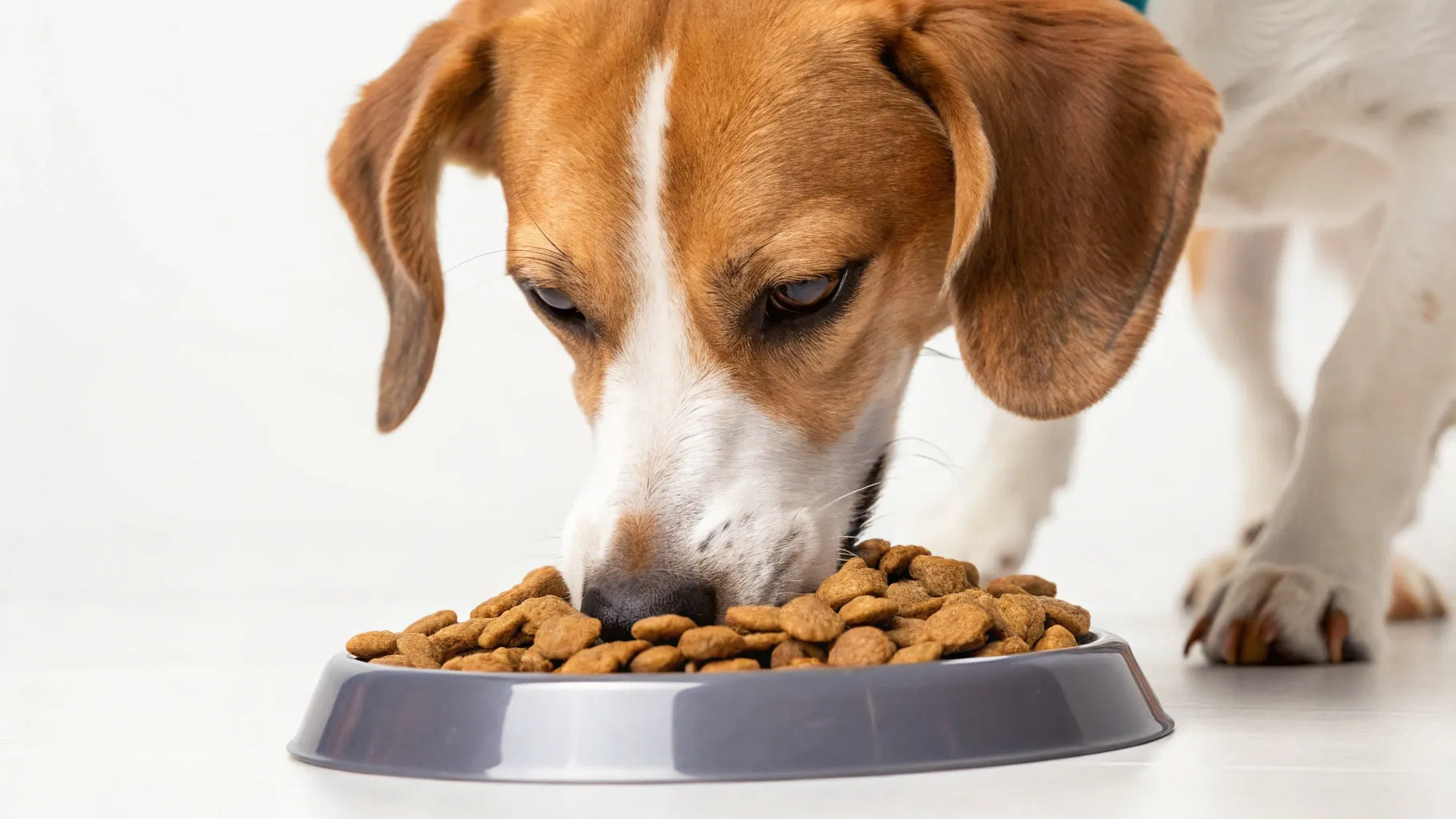
Credit: www.houndsy.com
Address Medical Issues
Sometimes, your dog’s refusal to eat kibble might be more than just picky behavior. Medical issues can play a big role in their appetite and willingness to eat certain foods. Addressing these health concerns early can make a huge difference in getting your dog back to enjoying their meals.
Watch For Dental Problems
Dental pain can make chewing kibble uncomfortable or even painful for your dog. Look for signs like drooling, bad breath, pawing at the mouth, or difficulty chewing hard food. If your dog shows any of these symptoms, it’s a good idea to check their teeth and gums carefully.
Ignoring dental issues can lead to infections that affect your dog’s overall health. Softening the kibble or mixing it with wet food might help temporarily, but addressing the root cause is key. Have you noticed your dog avoiding hard treats or chewing on one side of their mouth?
Consult A Veterinarian
Sometimes, a simple vet visit can reveal underlying problems causing your dog’s loss of interest in kibble. Illnesses like infections, digestive issues, or even pain elsewhere in the body can reduce appetite. A vet can perform tests to rule out or diagnose these conditions.
Don’t wait for the problem to get worse—early diagnosis can save your dog discomfort and help you find the right treatment fast. Your vet might suggest appetite stimulants or special diets if needed. Have you scheduled a checkup recently to ensure your dog’s health is on track?
Rule Out Food Allergies
Food allergies or intolerances can cause discomfort and cause your dog to reject certain types of kibble. Watch for symptoms like itching, skin rashes, vomiting, or diarrhea after eating. These signs might mean your dog needs a different formula or ingredient.
Try an elimination diet under your vet’s guidance to identify problematic ingredients. Switching to hypoallergenic or limited-ingredient kibble could make a big difference. Have you considered whether your dog’s current food might be causing them distress?
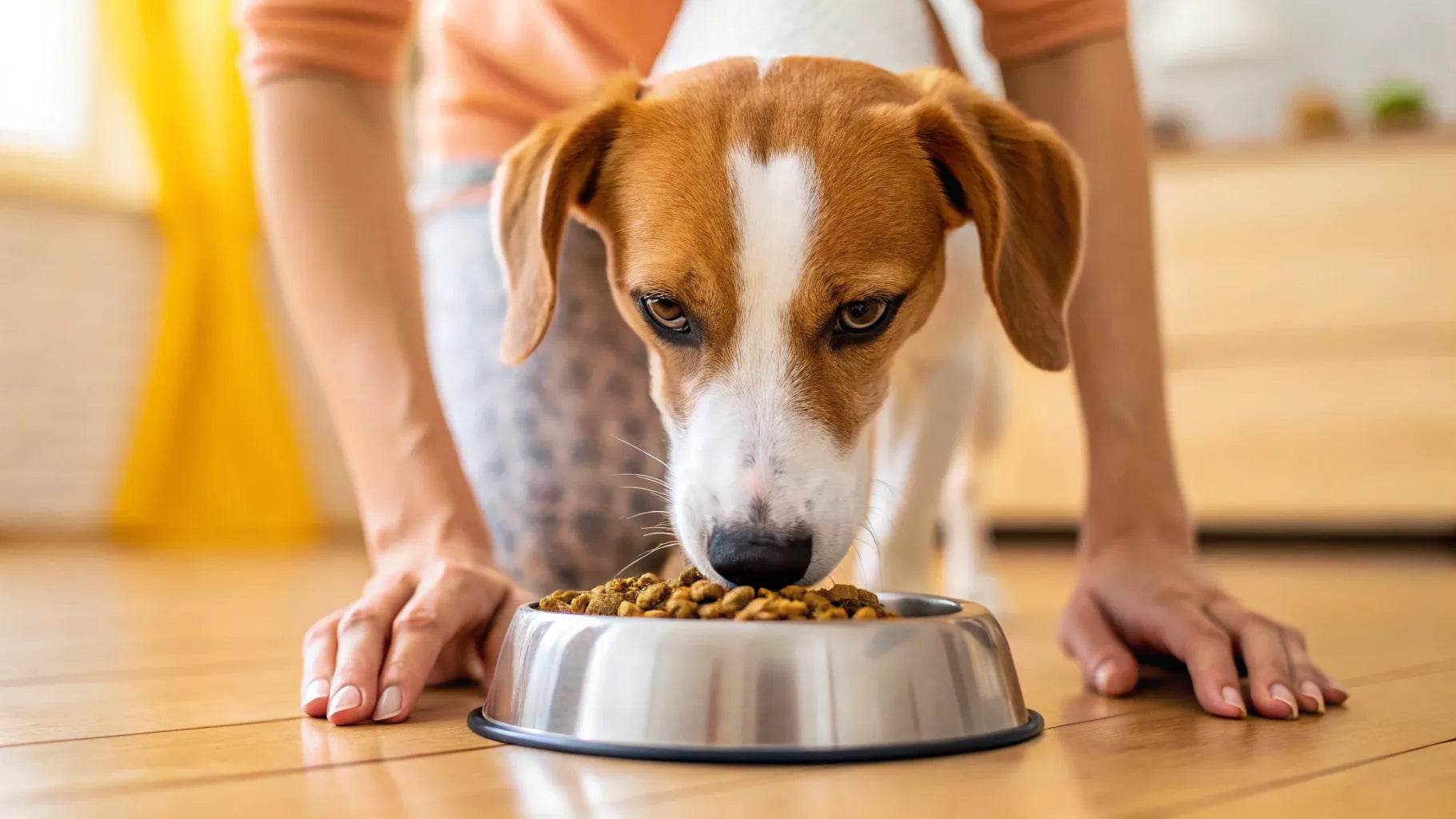
Credit: www.houndsy.com
Frequently Asked Questions
How Can I Make My Dog Like Kibble More?
Try mixing kibble with wet food or broth to enhance flavor. Gradually reduce extras as your dog adjusts to plain kibble. Consistent feeding times and positive reinforcement also help encourage eating habits.
Why Does My Dog Refuse To Eat Kibble?
Dogs may refuse kibble due to boredom, illness, or dental issues. Check for health problems and vary the kibble brand or flavor. Ensure the kibble is fresh and stored properly to maintain its appeal.
What Are Healthy Ways To Entice Dogs To Eat Kibble?
Add a small amount of warm water, broth, or plain yogurt to kibble. These options add moisture and aroma, making food more enticing. Avoid adding harmful seasonings or human food that can upset your dog’s stomach.
How Long Should I Wait If My Dog Refuses Kibble?
Wait about 15-20 minutes for your dog to start eating. Remove the food if untouched and try again at the next meal. Avoid leaving kibble out all day to prevent picky eating habits.
Conclusion
Encouraging your dog to eat kibble takes time and patience. Try mixing kibble with a little wet food or broth. Offer meals at regular times to build a routine. Keep the feeding area quiet and comfortable. Watch your dog’s preferences and adjust accordingly.
Remember, small changes can make a big difference. Stay consistent and positive every day. Your dog will learn to enjoy kibble soon. Caring for your pet’s diet helps keep them healthy and happy.

Emily Barker is the founder of ChillDogLife.com, a space dedicated to helping pup parents discover the best dog products, lifestyle tips, and cozy ideas for happier homes.
A lifelong dog lover, Emily combines her passion for pets with a knack for research to share trusted recommendations on everything from toys and furniture to health and everyday care.
Her goal is simple: to make life easier, stylish, and more joyful for dogs and the people who love them.
